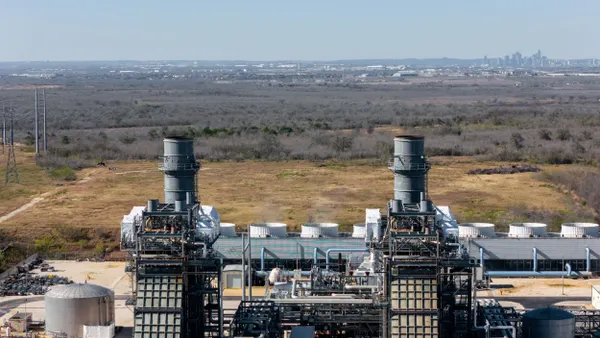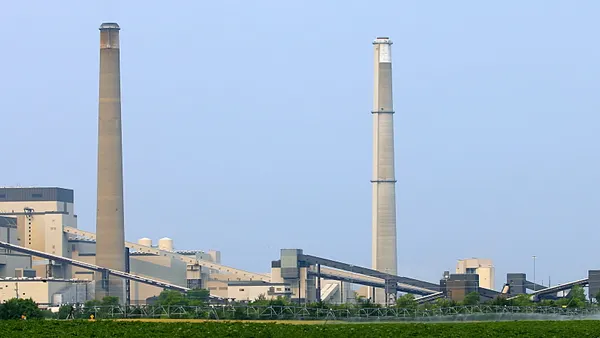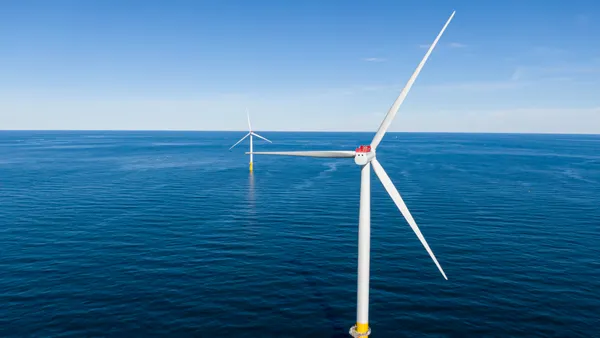Dive Brief:
-
The Fraunhofer Institute in Germany plans to test an underwater storage device that turns pumped storage on its head and, they say, can compete on a cost basis with conventional pumped storage technology, Greentech Media reports.
-
The Stored Energy in the Sea (StEnSEA) device is a large concrete sphere that sits in deep water and produces energy when it flooded. Instead of storage energy by pumping water during periods of low demand, energy is stored by pumping the water out of the spheres.
-
The researchers say each device could deliver 20 MW of energy and estimate the levelized cost of energy for an array of such devices at between $50/MWh and $230/MWh.
Dive Insight:
Pumped hydro storage is often hailed as a promising technology for long duration energy storage applications, but expensive construction costs and difficulties permitting and siting projects has hampered use of the technology.
German researchers are proposing an alternative technology that uses a variant of conventional pumped storage technology that, they say, avoids those problems.
The Fraunhofer Institute’s StEnSEA technology uses concrete spheres, sometimes called sea eggs, that are heavy enough to sit in deep water – 600 to 800 meters (1,986 to 2,625 feet) – without anchors. Each sphere is about 30 meters (98.4 feet) in diameter with 3 meter (9.8 feet) thick walls and is capable of producing 20 MW of energy. An array of 200 spheres on the seabed could produce 4 GW within a few hours, the researchers said.
The StEnSEA concept bears some resemblance to a technology under development by Hydrostor in Canada, GTM noted. Hydrostor pumps compressed air into the underwater balloons to store energy and uses water pressure to aid in the release of the compressed air.
The project is funded by the Germany’s Federal Ministry for the Environment, Nature Conservation and Nuclear Safety until the spring 2017. A miniature model of the spheres is due to be tested this fall. If the tests are successful, Fraunhofer would move into a pre-commercial pilot project within three to five years and then move toward full commercialization.













